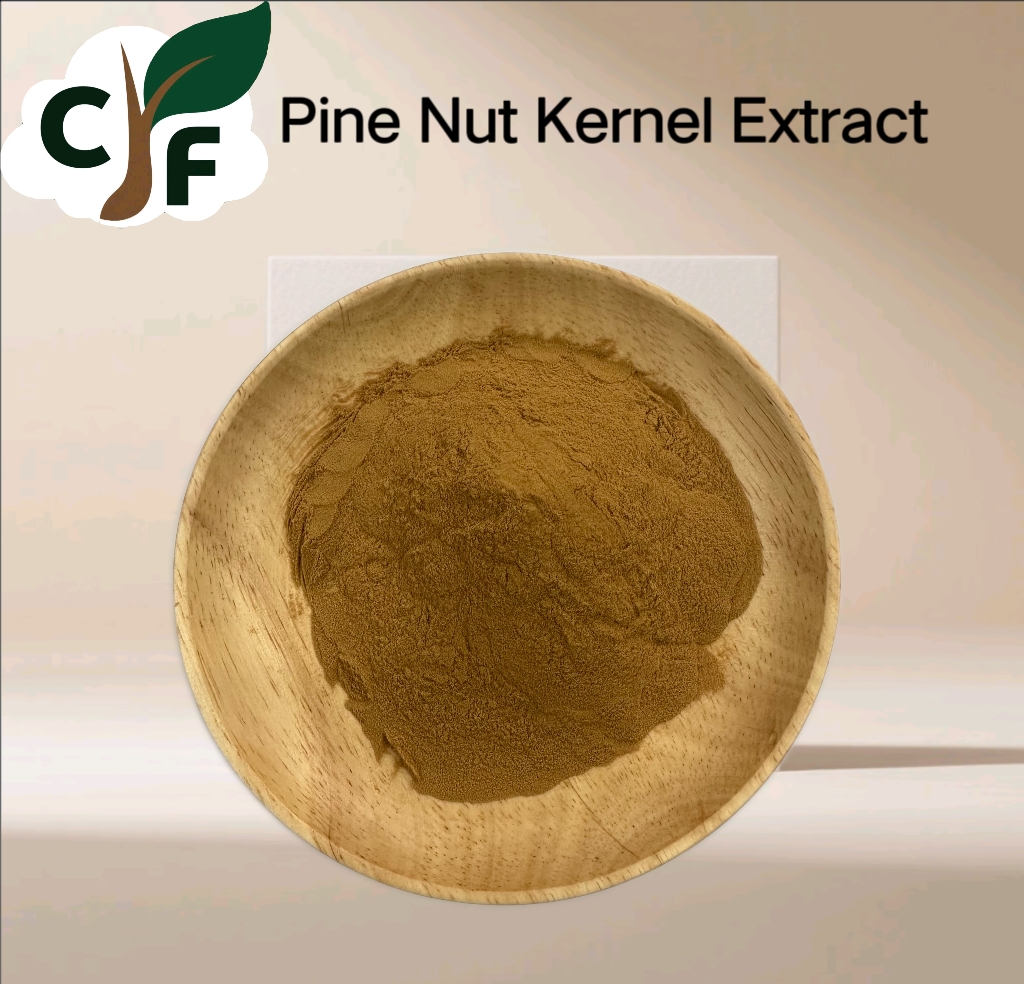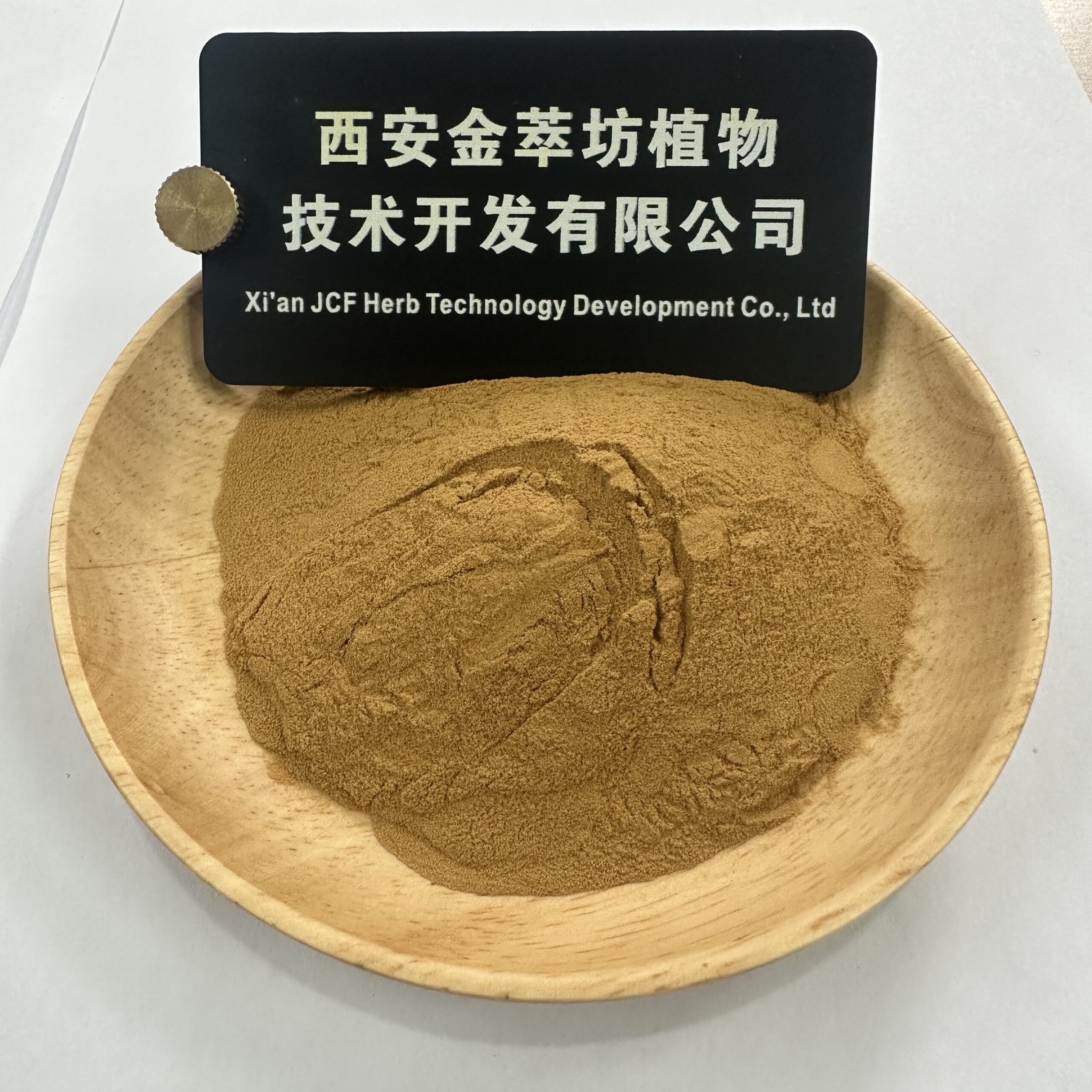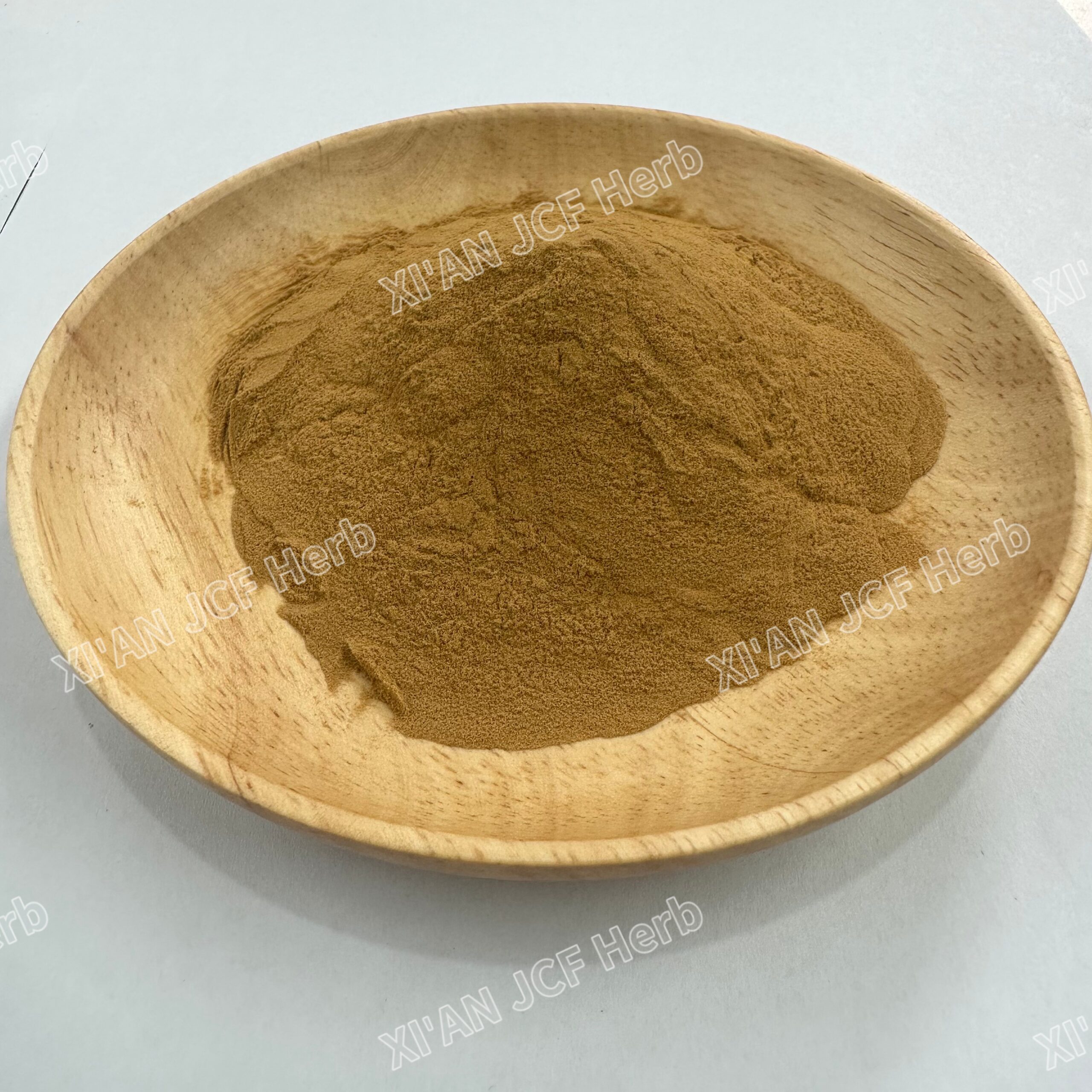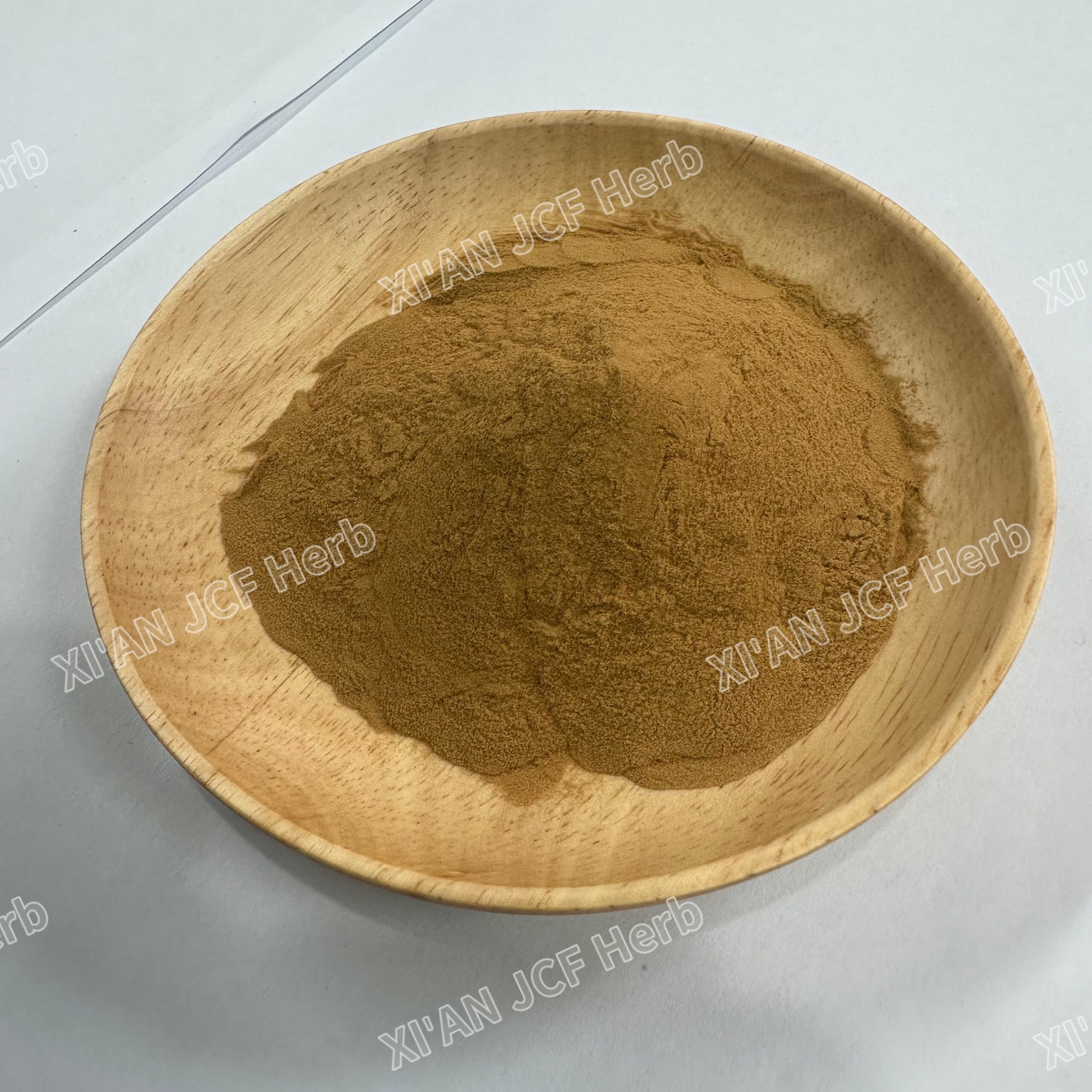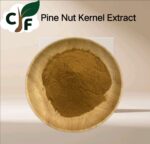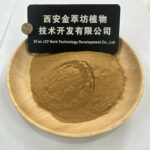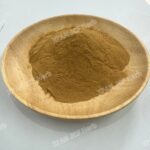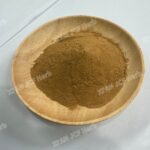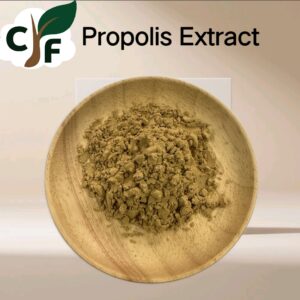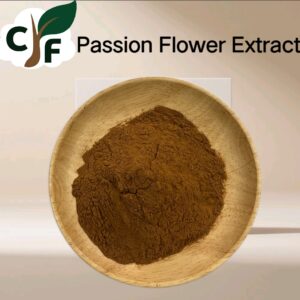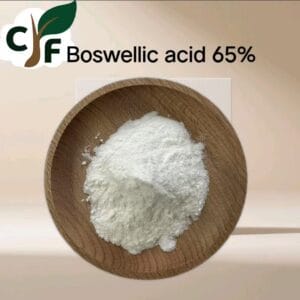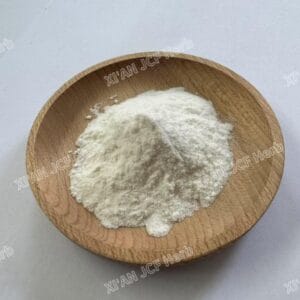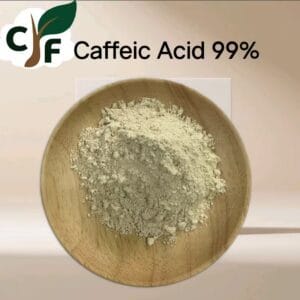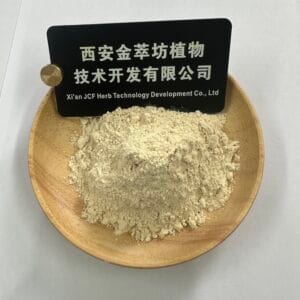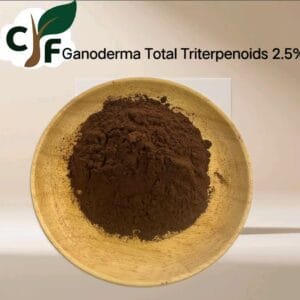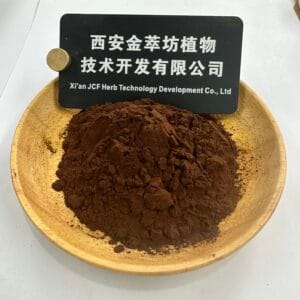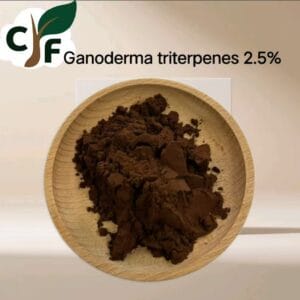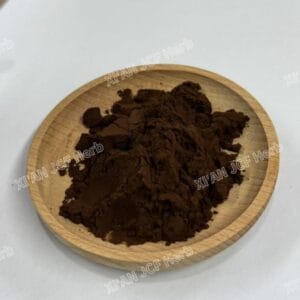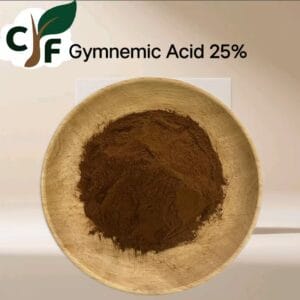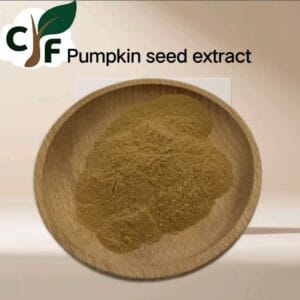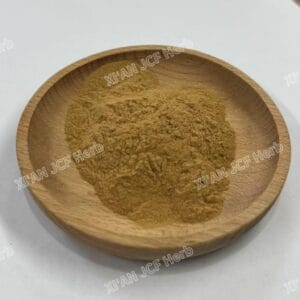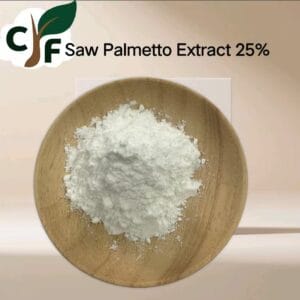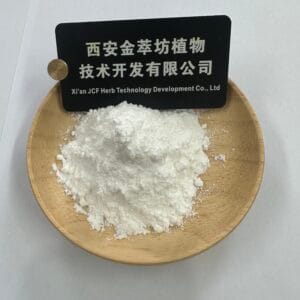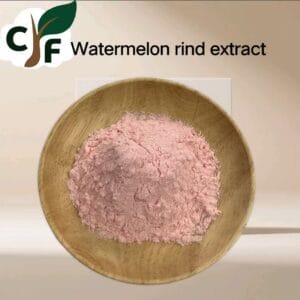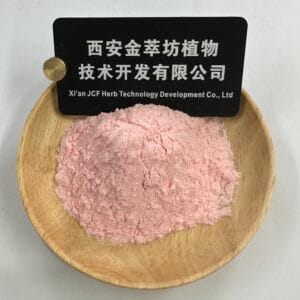Pine Nut Kernel Extract
Pine Nut Kernel Extract
- Source: Kernels of Pinus armandii Franch., Pinus koraiensis Sieb. et Zucc., and Pinus massoniana Lamb. (Pinaceae family, Pinus genus). Pinus koraiensis (Korean Pine) is an evergreen large arbor with gray-brown scaly bark, and its seeds are pine nuts.
- Distribution: Mainly from forest areas of Changbai Mountain and Xiaoxing’anling (Northeast China). Pinus koraiensis is a national first-class endangered species, bearing seeds after 50 years of growth with a ~2-year maturity period; its inner kernels are primarily produced in the two mountain areas.
- Specification: 10:1; custom specs available via customer service.
- Properties: Brown powder, hygroscopic, water-soluble; tested by TLC.
- Mesh Size: 98% passes 80-mesh sieve.
- Packaging: 25kg/paper drum or aluminum foil bag.
- Storage: Seal tightly, protect from light; store in dry, cool, well-ventilated area.
- Shelf Life: 2 years.
247
Items 上次售出 6 小时
45
现在正在观看该产品的人数!
WhatsApp Contact
Categories: Plant extract, Ratio Extract
Description
| Item | Details |
|---|---|
| Product Name | Pine Nut Kernel Extract |
| Source | The kernels of Pinus armandii Franch., Pinus koraiensis Sieb. et Zucc., and Pinus massoniana Lamb., which belong to the Pinus genus of the Pinaceae family. |
| Morphological Characteristics | – Pinus koraiensis (Korean Pine) is an evergreen large arbor with gray-brown bark that splits into scales. – Pine nuts are the seeds of the Pinus koraiensis tree. |
| Product Distribution | – It is distributed in the forest areas of Changbai Mountain and Xiaoxing’anling in Northeast China. – Pinus koraiensis is a national first-class endangered species. Wild Pinus koraiensis begins to bear seeds only after growing for 50 years, and the maturity period is about two years. – The inner kernels of Pinus koraiensis fruits are mainly produced in Changbai Mountain and Xiaoxing’anling. |
| Specification | 10:1. For other specifications, please contact customer service for consultation. |
| Properties | Brown powder, hygroscopic, easily soluble in water, detected by TLC (Thin Layer Chromatography). |
| Product Mesh Size | 98% passes through an 80-mesh sieve. |
| Packaging Method | 25 kg per paper drum or aluminum foil bag. |
| Storage Conditions | Should be sealed and protected from light, stored in a dry, cool, and well-ventilated place. |
| Shelf Life | Two years. |

